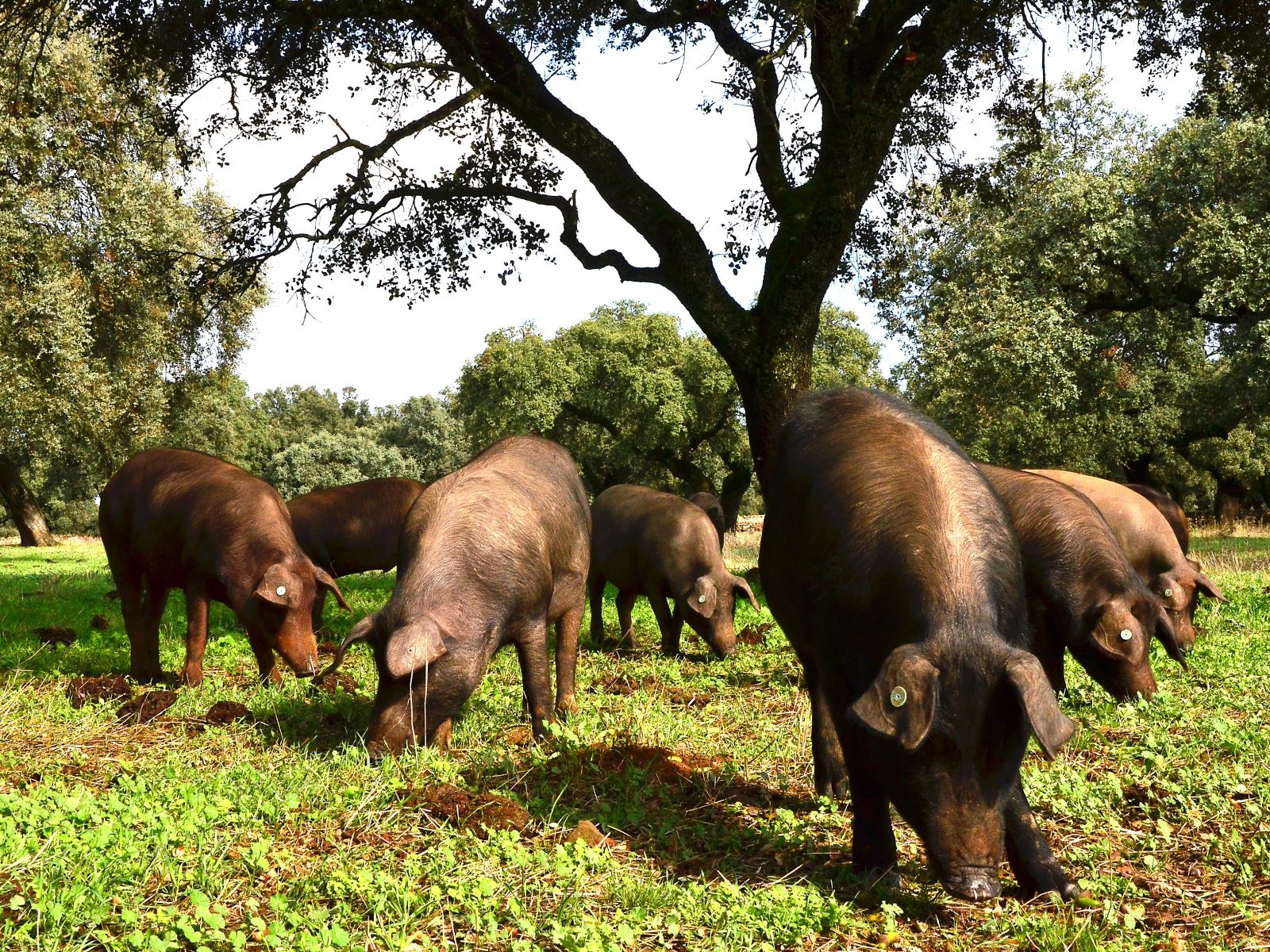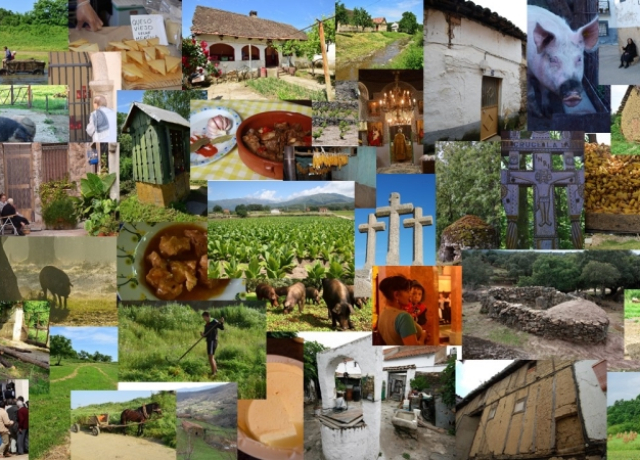BANAT/EXTREMADURA: Cultural Closeness of Romania and Spain
BANAT/EXTREMADURA: Cultural Closeness of Romania and Spain
The Government of Extremadura in collaboration with Romanian immigrants organized a photography exhibition Banat/Extremadura, which will be opened within European Heritage Days. The exhibition is titled Aproximaciones culturales entre Rumanía y España (BANAT/EXTREMADURA: Cultural Closeness of Romania and Spain) and it will be celebrated in the Museo de Cáceres (Spain) from 15th September to 31st October, 2016 to showcase the obvious parallelisms between both regions with a common Roman past and a Romance language. The issues revolve around traditional architecture of mud walls, the “sacrifice” of the pig, gastronomy of meat dishes and milk-derived products, farming and cultural landscapes, popular religiosity and culture of death, as well as the relationship between people and natural environment.
Banat is a historical region that today mostly belongs to Western Romania, but that also includes territories of Serbia and Hungary. Located in the Pannonian Basin, Banat is a region with a continental climate and large forests, where Timisora is the most important city with 300.000 inhabitants.
.jpg)
Today, Banat represents an example of the socioeconomic reality of Romania: a country that, after de fall of the Communism in the 1990s, began to open its market economy with the consequent good and bad aspects. However, its landscapes, biodiversity, clean agriculture, historic heritage and the kindness of the inhabitants are part of the great potential of this region.
Extremadura is a Western Spanish region at the border of Portugal. In the Middle Ages, this territory was part of the ends of the Duero river, a natural border that was occupied by the Arabs and later recovered by the Christian kingdoms.

Its Mediterranean climate was the cause of the development of the Mediterranean forest, which has transformed into a cultural landscape over the last several centuries. The Dehesa (Grassland) still prevails as a key to its socioeconomic reality.
Though geographically distant and with different historic contexts, both of these European regions also show parallelisms in their respective realities.
As Claude Lévi-Strauss said, approaching another culture can be made to criticise our own and understand the foreign, something that might help us to understand that we share much more than we can imagine.
Courtesy of Ana Schoebel, European Heritage Days Coordinator in Spain
